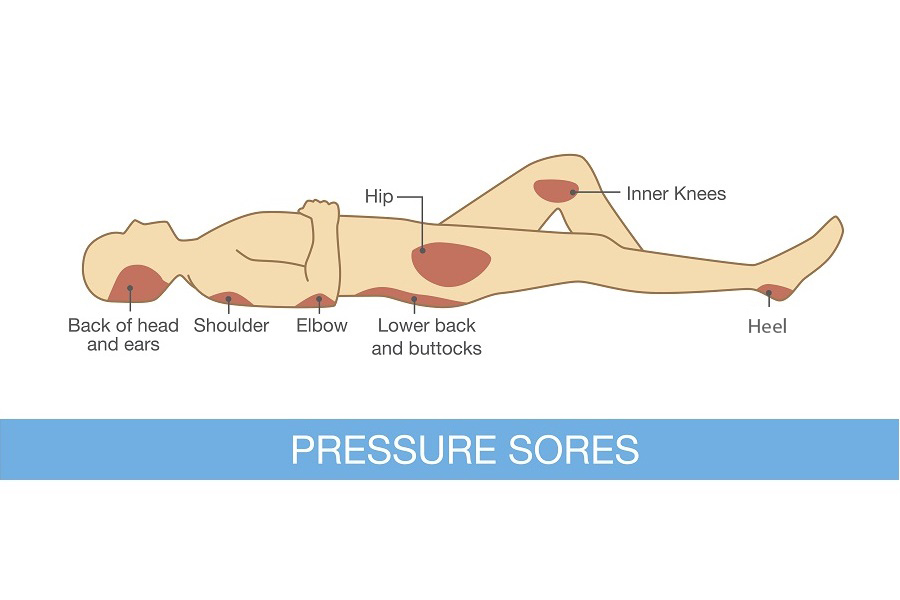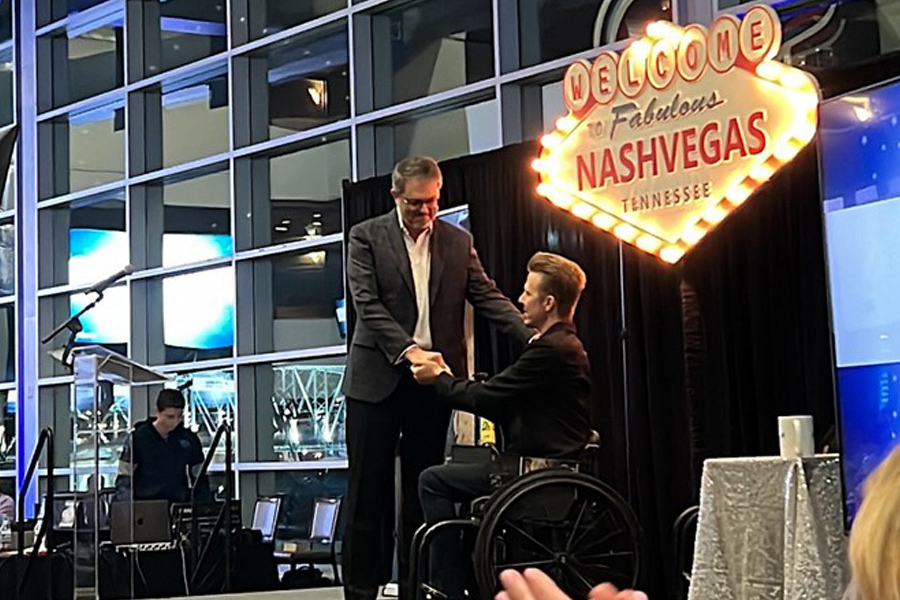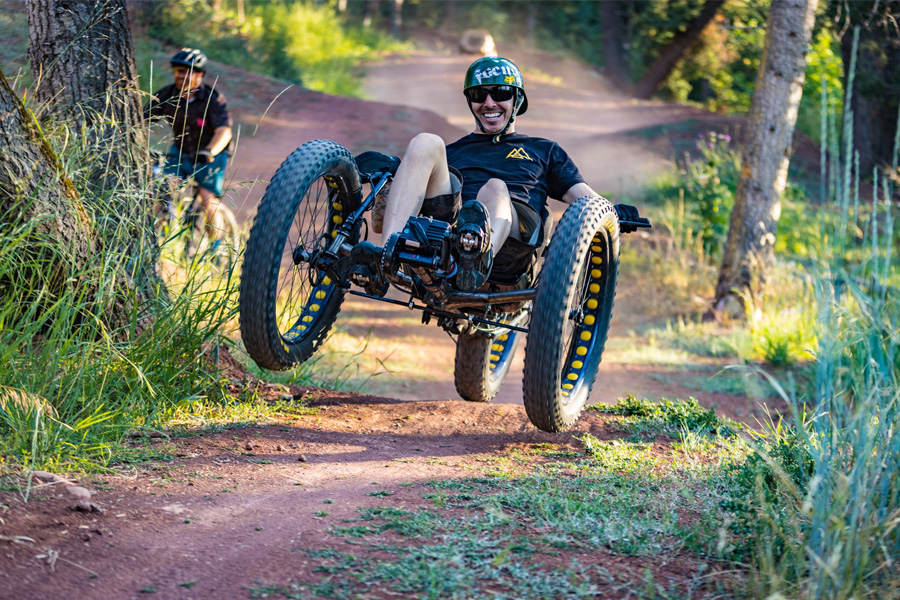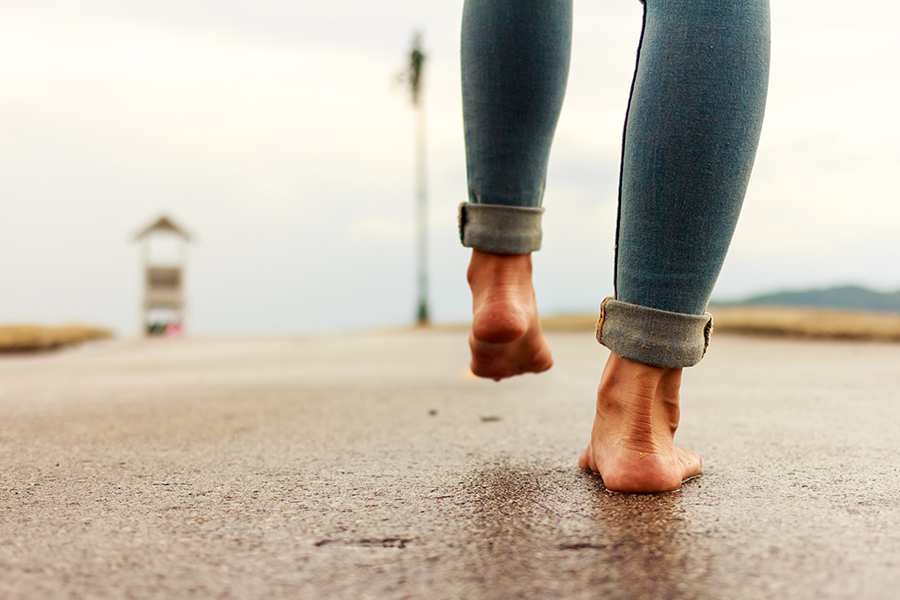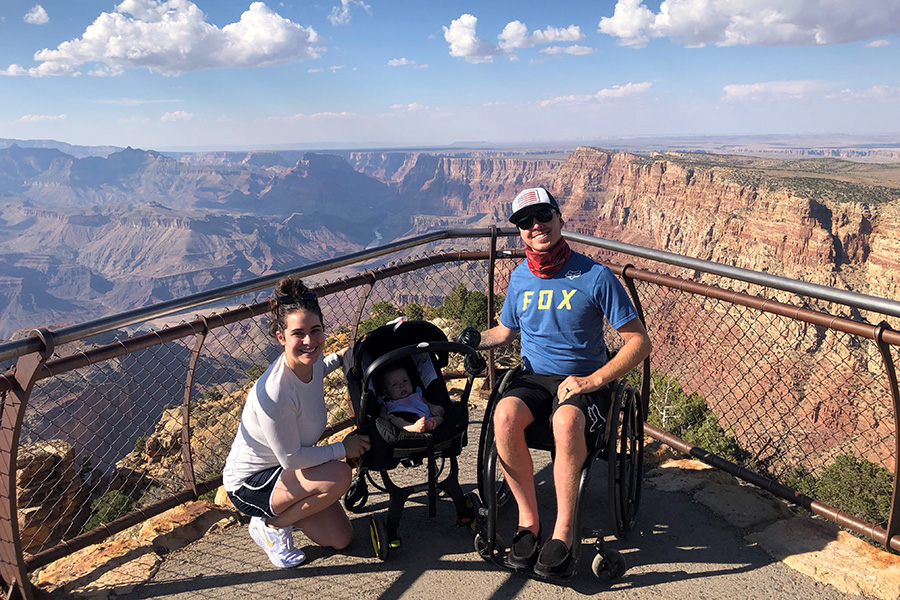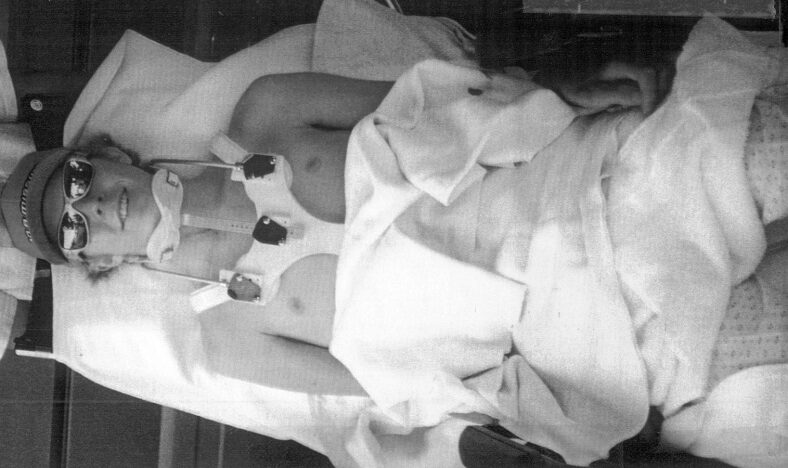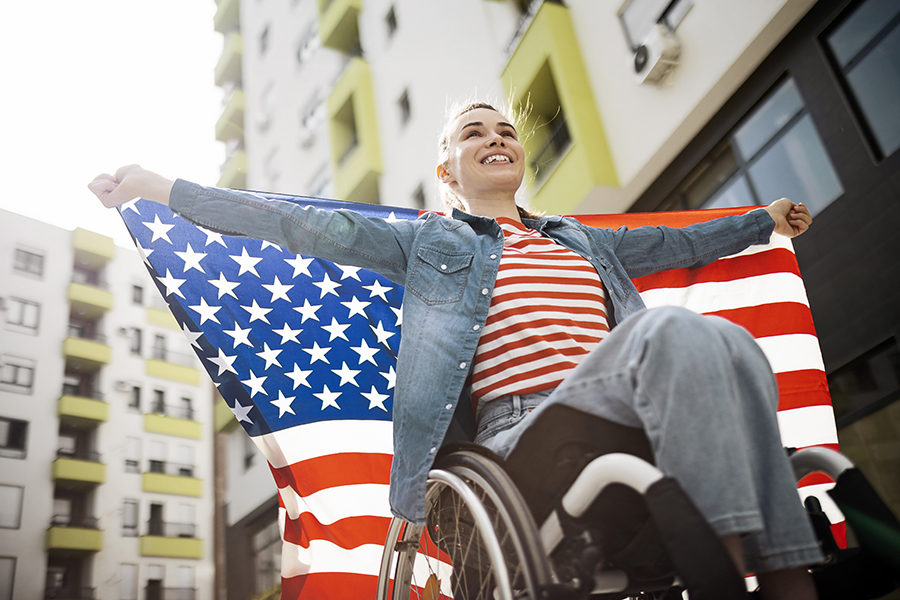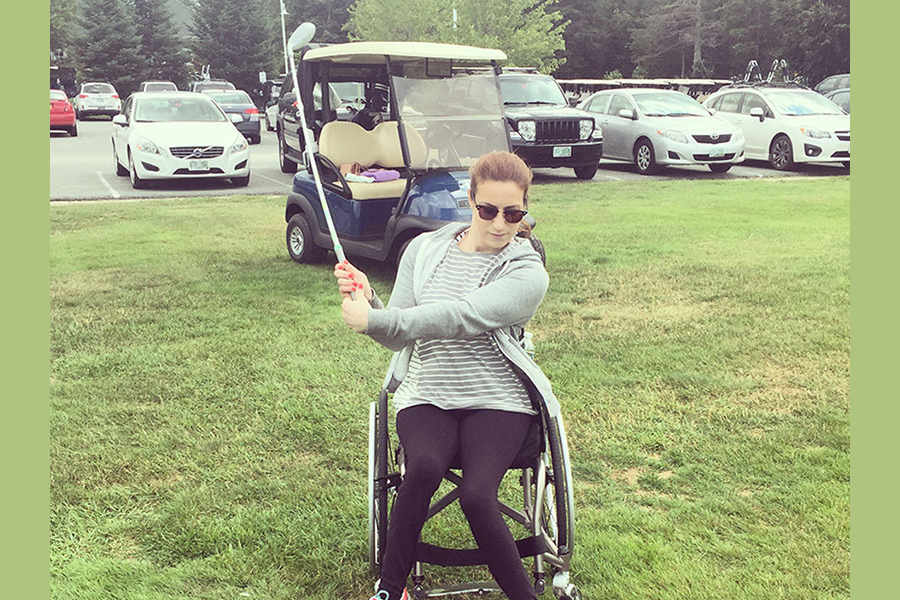Definition: Pressure injuries (also known as decubitus ulcers, pressure sores or bedsores) are damage to an area of the skin caused by constant pressure for prolonged periods of time. A pressure injury forms where the pressure from body the body’s weight presses the skin against a firm surface, such as a bed or wheelchair. Pressure cuts off the blood supply to the skin and injures tissue cells. This reduced blood flow may lead to tissue damage and potentially tissue death (necrosis).
I preface this entire blog with- A pressure sore is a very serious condition that should not be taken lightly! I intend to write the cold, hard truth about skin breakdown in such a way that it scares you enough to be hyper-vigilant with skin-breakdown prevention and/or wound care treatment.
I say this earnestly because it is all too often that I hear of a newly injured, or sedentary person speaking nonchalantly about a red spot that he, or she may have, but have yet to address it properly.
This terrifies me!
A simple red spot on a bony landmark of the body can quickly exacerbate into full-blown tissue breakdown…literally within hours, if not minutes under the wrong circumstances.
Trust me, I have witnessed multiple accounts (dear friends of mine) that have suffered horrific wounds from skin negligence, the results of which bedridden them for twelve months or more. And once a wound progresses past a certain stage of decay, then surgery, skin grafts, debridement and more may, or may not yield a full recovery. Often the patient is susceptible to a reopening (a “hot spot”) of the tender site for the rest of their life (like me).
A pressure injury can often happen on the:
- Buttocks area (on the tailbone or hips)
- Heels and ankles of the feet
- Shoulder blades & elbows
- Back of the head
- Backs and sides of the knees
Pressure injuries are divided into 4 stages, from least severe to most severe, along with two additional stages. These are:
- Stage 1.The area looks red and feels warm to the touch but is not broken. With darker skin, the area may have a blue or purple tint. If the person has sensation, they may complain that it burns, hurts, or itches.
- Stage 2. The area looks more damaged and may have an open sore, scrape, or a fluid-filled blister. It may present shallow with a reddish or pinkish tinge. There may be tissue death (necrosis) around the wound.
- Stage 3.The area has a crater-like appearance due to damage below the skin’s surface affecting the fat layer. Pus may be in the wound.
- Stage 4.The area is severely damaged and a large wound is present. Muscles, tendons, bones, and joints can be involved. Infection is a significant risk at this stage. A dark material called “eschar” may be inside the wound.
- Suspected Deep Tissue Injury. The area appears discolored and feels “boggy” to the touch. When you press on the suspected injury, the skin doesn’t change color (lighten under pressure) or bounce back quickly. It’s defined as “persistent, non-blanchable deep red, purple or maroon areas of intact skin, non-intact skin or blood-filled blisters.”
- Unstageable: A wound that is yellow or green. It might have a brown scab covering it, or be soft and look pus filled. A dry and stable ulcer surface is the body’s natural protection and should be allowed to continue healing. However, if extensive tissue damage is evident, the covering might need to be removed for treatment.
Don’t Learn the Hard Way!
I have written about this before in a blog about wheelchair cushions. I touched briefly on my first-hand experience with skin breakdown and the ongoing repercussion I still live with.
How To Prevent Skin Breakdown?
It may be common knowledge, but preventing a wound is much easier than the treatment of one. Tissue breakdown can be prevented and/or significantly reduced with a little mindful, self-awareness. Inspect your skin for areas of redness (the first sign of skin breakdown) every day with particular attention to bony areas. Other methods include:
- Turning and repositioning in bed every 2 hours (minimum)
- Sitting with correct posture & proper alignment in a wheelchair & performing a pressure relief every 15 minutes
- Sufficient padding in wheelchairs and beds to reduce pressure
- Mindful hygiene & good skin care by keeping the skin clean and dry
- Quality nutrition because without enough calories, vitamins, minerals, fluids and protein, wounds can’t heal, no matter how well you care for them
Contact your health care provider if an area of the skin forms an open sore or blister. Once infected, bacteria may spread to the rest of the body and cause serious problems.
Signs of an infected pressure injury may include:
- A foul odor coming from the injury
- Redness and tenderness around the injury
- Warm and swollen skin near the injury
- Fever, weakness and confusion are signs that the infection may have spread to the blood or another part of the body
Always consult your healthcare professional if you have any signs, symptoms, or concerns. And if you are indeed suffering from a pressure sore and are in need of the best wound care supplies, Shield Healthcare has you covered. You can always count on us to ship the products you need to manage healthy healing in the comfort of home
Here is a link to our wound care supplies.
Stay Healthy!
Aaron






